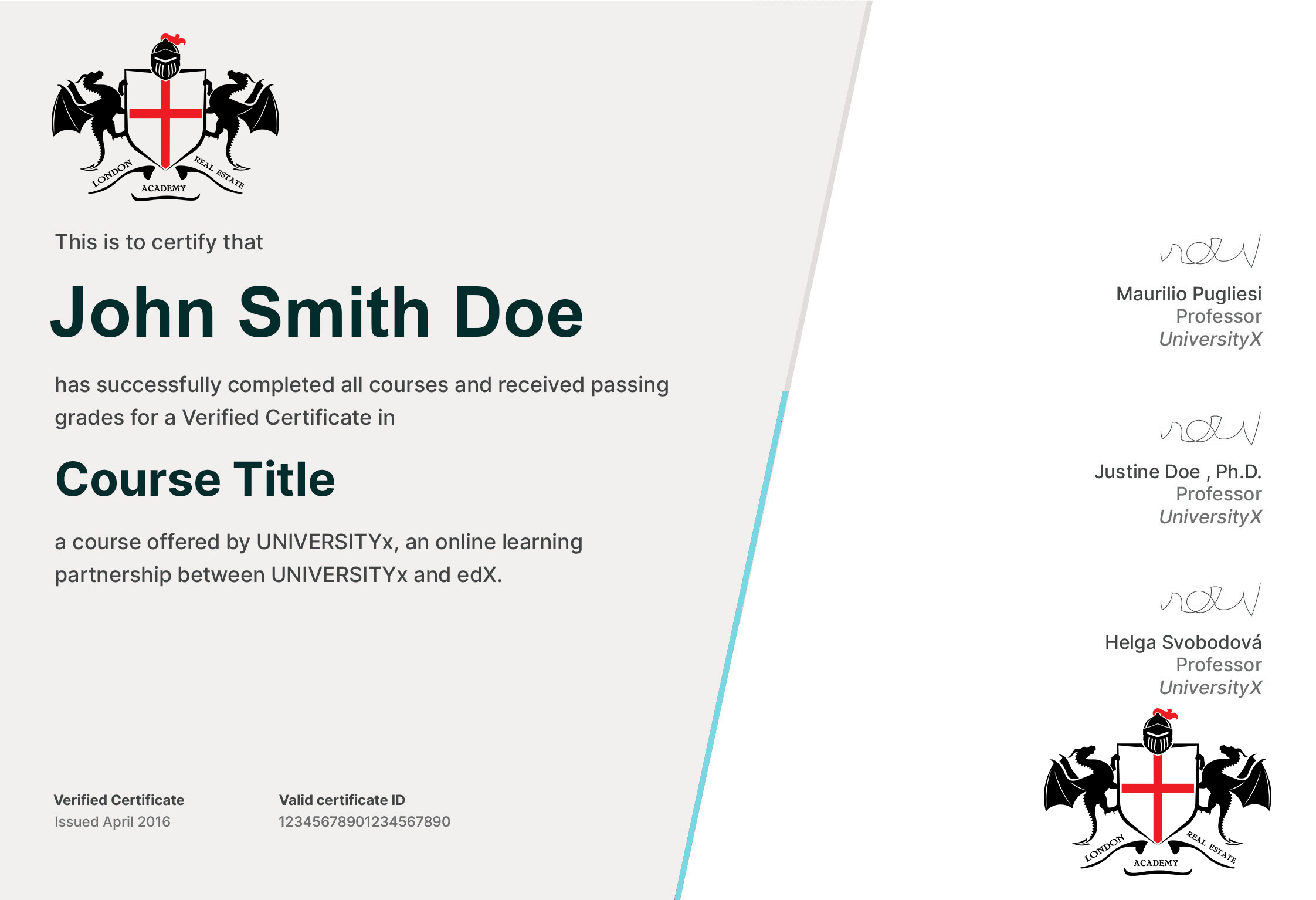Advanced Professional Certificate in Commercial Bank Management
About the course
The aim of the Commercial Bank Management course is to provide students with a comprehensive understanding of the principles and practices of managing a commercial bank. By the end of the course, students should be able to analyze and evaluate key aspects of bank management such as strategy, financial analysis, risk management, and regulatory compliance. Students will develop skills in critical thinking and decision-making that are relevant to careers in banking, finance, and related fields.Course details
The aim of the Commercial Bank Management course is to provide students with a comprehensive understanding of the principles and practices of managing a commercial bank.After the successful completion of this course, you will understand the following;
- Describe the evolution of commercial banks and identify different types of commercial banks.
- Explain the services provided by commercial banks and their significance in the financial system.
- Analyze the relationship between commercial banks and their competitors, and evaluate the impact of key trends on banks.
- Understand the role and functions of Central Banks, including Central Bank Digital Currency (CBDC), and differentiate them from commercial banks.
- Evaluate the regulatory environment of commercial banks, including regulatory bodies, compliance requirements, and their impact on the financial system.
- Analyze the organizational structure of commercial banks, their roles, responsibilities, and powers.
- Understand international banking systems and their organizational structures, including SWIFT and the International Money Market (IMM).
- Evaluate the performance of commercial banks using different performance measurement frameworks, including the CAMELS rating system, KPIs, and financial ratios.
- Understand sources of commercial bank funds and their liabilities and capital management, including capital adequacy ratio (CAR), risk-adjusted capital ratio, and asset/liability management.
- Identify different types of bank deposit products and schemes.
Accreditation
All of our courses are accredited by the relevant partners and awarding bodies. Please refer to our information in about us for more details.Entry requirement
There are no strict entry requirements for this course. Work experience will be added advantage to understanding the content of the course.The certificate is designed to enhance the learner's knowledge in the field. This certificate is for everyone eager to know more and get updated on current ideas in their respective field. We recommend this certificate for the following audience.
- Commercial Bank Manager
- Branch Manager
- Loan Officer
- Credit Analyst
- Risk Manager
- Compliance Officer
- Investment Manager
- Treasury Manager
- Operations Manager
- Relationship Manager
- Financial Analyst
- Marketing Manager
- Product Manager
- Audit Manager
- Business Development Manager.
Sample Certificate

Boost your career and your talents
With a validated certificate that demonstrates your learning, wow your employer.
Take up a challenge
All of us occasionally need an additional push. You stay motivated by working for a credential.
Let the world know about it
Using the special URL we give you, you may safely distribute your validated certificate to others.
Testimonials
Real stories. Real impact.
Read how our learners have gained new skills and achieved real growth and success.
Jessica M.
Enrolling in these short courses was a game-changer for my career. The knowledge I gained was invaluable, and it significantly enhanced my skill set.
Alex K.
I highly recommend these professional short courses. The content is top-notch, and the practical insights have been instrumental in my professional growth.
Emily P.
These short courses exceeded my expectations. The instructors are experts in their fields, and the hands-on approach to learning made a real difference.

















